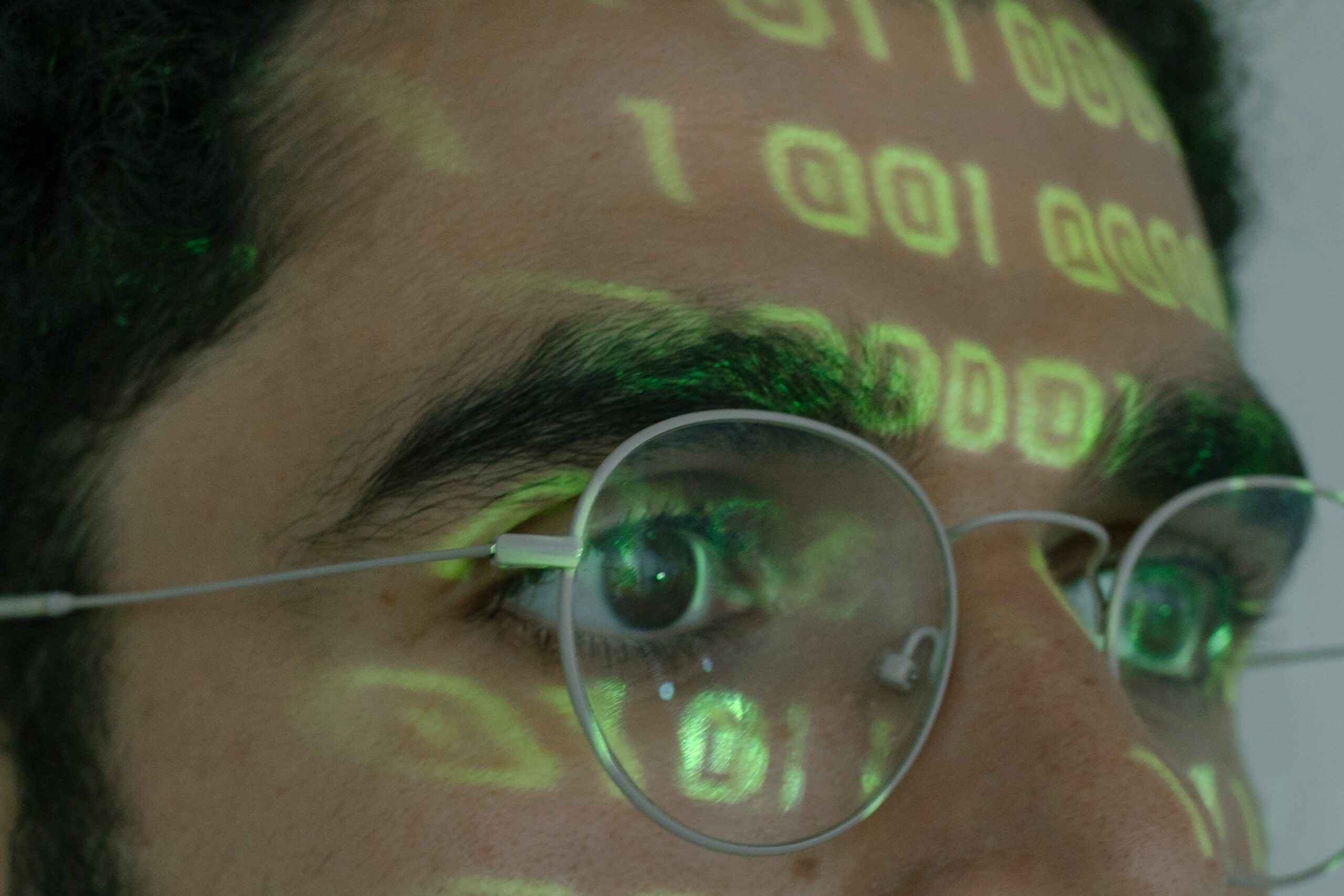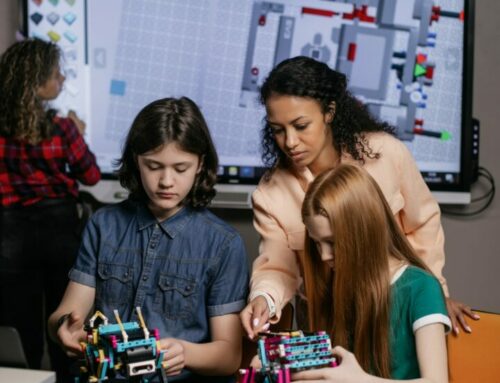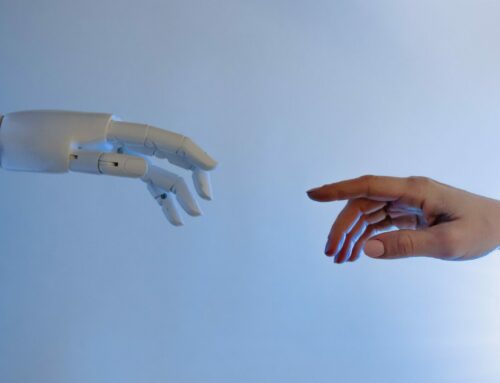In a hyper-connected world, dawns a new age of hyper-learning
Patrick Blessinger
Two of the most important questions facing higher education today are: how should higher education institutions respond to the dramatic changes occurring in the world today? And, since the consumption and production of knowledge (that is, the learning process) is at the center of all educational institutions, how can higher education adapt and transform their teaching and learning practices and processes to best address these changes?
To help answer these questions, it may be helpful to first understand the factors driving the emerging trends in the world today (politically, economically, socially, technologically, and environmentally) and how these trends are impacting higher education.
The real-time instantaneity of ubiquitous digital interactions (for example, the integration of social media with wireless, GPS, and mobile technologies), as well as the development of new inventions, discoveries, and innovations, has fundamentally altered our reality – cognitively, psychologically, socially, and physically.
The hyper interconnectedness and interdependence of the world through globalization have compressed our sense of space-time in ways never before imagined or experienced. As a result, advancements in science and technology over the past century have created many paradigm shifts across industries and fields, including higher education.
Hyper-compression of space-time
The ongoing hyper-compression of space-time (for example, the instantaneous communication with others regardless of space/location and time boundaries) has challenged humanity to better understand the effects of time. At a surface level, time is a straightforward concept (as a unit of duration), yet at a deeper level, the meaning of time becomes more nebulous. We can also use the medium of verse to help us explore the complex concept of time.
Time is a paradox – both abstract and concrete in its meaning; both subjective and objective in its effect; both finite and infinite in its measure; both scarce and abundant in its presence; both real and illusory in its existence; a forever repeating series of nows; though intangible and elusive, it controls all aspects of nature.
Time is an enigma – though inseparable from space, it lacks spatial dimensions; time is entropy’s unswerving arrow, always moving forward; a means to organize the routines and rhythms of life; a measure of change; a sequence of events; a memory of the past, a thought of the present, an expectation of the future.
Time is a mystery – our perception of time emerges from the familiarities of life; for the captive, time is an enemy; for the free, time is a friend; for the burdened, time is hope; for the impatient, time stands still; for the contented, time disappears; in our imagination, time is at our command.
Time is a riddle – our sense of time is best experienced by the gentle purr of a loving cat, by the sweet smell of a fragrant flower, by the cool breeze on a summer day, by the breathtaking view of a majestic mountain, by the soothing sound of the ocean waves breaking gently on a tranquil shore.
As we move into the future, the effect of science and technology on our sense of space-time will continue to alter our lives. For better or worse, what happens in one society can, and often does, have an immediate effect on other societies around the world.
It is, therefore, important that future developments be guided by humanistic principles and ethical values.
Human progress speeds up
Every day, the world is getting smaller. In the past, space and time imposed considerable constraints on human thinking and human activity, which in turn, not only shaped how humans interacted with each other but also shaped their reality and identity. Thus, human experience and reality have been fashioned, in large part, by the context in which humans have lived and the environmental conditions imposed on them.
Before the Industrial and Democratic Revolutions (circa 1800 CE), human progress was measured on an evolutionary scale but after the Industrial Revolution, human progress has been measured on a revolutionary scale.
For instance, before the Industrial Revolution, most humans rarely traveled beyond their local communities since mass transportation systems were unavailable. Those few people who did travel were constrained by how fast a boat or horse could travel or how far their legs could take them.
Prior to the invention of mass transportation systems (for example, railroads, airplanes, and more importantly, the automobile), most people spent the entirety of their lives confined to the village or town in which they were born.
In 1800 CE, the global average life expectancy was 29 years and the global child mortality rate was about 43%. In short, in 1800 CE, if one was lucky enough to survive to adulthood, one’s prospects for a better life were still grim.
In 1800 CE the global average GDP per capita was about 1,000 international-$ per year, compared to 15,000 international-$ per year in 2018 CE. In other words, within the last 200 years, the global average standard of living has improved approximately 15-fold. In addition, in 1800 CE the global average literacy rate was about 10%, compared to about 86% today.
Research data shows that contemporary humans are learning more and faster today than humans did in 1800 CE, presumably, due to the implementation of universal basic education in the late 19th century and other factors such as a greater focus on abstract thinking, much-improved nutrition, much-improved sanitation, greatly improved medical care, and huge wide-scale innovations in and ubiquitous access to information through digital technology.
As a result, most striking is the fact that average IQ scores have increased significantly (some 30 points – two standard deviations) over the past 100 years.
Unequal progress
These statistics are global averages and they obscure the fact that certain segments of society during this time period, such as women, faced even more difficult circumstances than the average person because of discrimination, prejudice, sexism, and the like. Even though much progress has been made over the past two centuries, economic inequality by gender still exists around the world.
Given these basic facts, one only needs to imagine the harshness of life for most people just a few hundred years ago. People in this time period lived in a world with very limited political or human rights, if any at all, and with little prospect for a better life. Most people in this time period lived with limited opportunities for social mobility, without medicine, sanitation, healthy food, and education, among other limitations.
During this period, one’s status and prospects in life were determined largely by the luck of birth, that is, the socio-economic status of the family one was born into. In other words, one’s life opportunities were determined, to a large extent, by various forms of hereditary and gender privilege, among other forms of power and privilege that existed within society.
Thus, one of the great challenges for humanity over the past 200 years that continues to inhibit social progress has been the continued presence of various forms of exclusion, such as racism, sexism, ageism, supremacism, as well as the more subtle forms of exclusion such as elitism, cronyism, favoritism, and similar forms of privilege-seeking behaviors.
Social progress
With the Industrial and Democratic Revolutions societies began to change both economically and politically, in ways never before experienced by the human species.
However, it was not until the latter part of the 19th century and the early part of the 20th century with the creation of the petroleum industry and subsequent refinement of mass-produced gasoline as well as the development of automobiles, airplanes, and mass transit, that the masses could, for the first time in human history, afford to travel freely over long distances. With these developments, the world shrank dramatically.
Also, during the late 19th century, the telephone was invented which allowed people to communicate freely with each other from their homes, thereby further breaking down space-time boundaries. Then, in the latter part of the 20th century, the internet, wireless, and satellite technologies allowed people to communicate with each other regardless of their physical location or time zone, thereby further breaking down space-time constraints.
As a result, the boundaries of space-time continue to shrink as the world becomes increasingly hyperconnected and intertwined.
Humanity has now arrived at a point where technology and medical science are allowing more people to become centenarians, where genetic science, artificial intelligence, and human-machine symbiosis is creating a world of the hybrid.
But as potentially beneficial as these advances may be, we have only scratched the surface of the impact these advances will have on humanity and the planet. Therefore, one of the main challenges for humanity is to make sure that humanistic values keep pace with the technological changes.
The age of hyper-learning
The world is more educated than at any other time in human history. In this new era, Society 5.0 and Industry 5.0 will complement each other.
In Society 5.0, societies will be characterized by the seamless merging of cyberspace and physical space, by data-driven and knowledge-intensive human activities and decision-making, and by balancing economic progress and growth with sustainable development.
In Society 5.0, the focus is on a human-centered society where humanistic values and justice are at the core of society. Education will continue to focus on the emerging literacies of the future.
In an era where new knowledge is being produced at an exponential rate, emerging knowledge systems will create a virtuous cycle of diverse learning opportunities for people.
People will, presumably, continue to become more self-directed and self-regulated learners as more people avail themselves of the growing number of non-formal and informal learning platforms in the ever-expanding global knowledge society. Formal, non-formal, and informal learning systems will continue to converge and emerge into a global learning ecosystem.
However, interconnectedness should not be conflated with better collaboration, interdependence should not be conflated with better cooperation, and ubiquitous learning should not be conflated with high-quality or deep learning.
Lifelong and lifewide learning is the new reality of human life. People will be challenged to keep up with the explosion of new knowledge by learning to develop more rigorous higher-order thinking skills, more inventive creative thinking skills, as well as more strategic metacognitive skills, among other skills.
Continued progress must be guided by a humanistic mindset based on practices of diversity, equity, and inclusion, as well as respect for rights and justice in all domains (that is, human, animal, and environmental). As such, humanity will be better served when education, knowledge, and learning at all levels and in all forms are viewed and treated as global common goods for the common good.
Suggested Citation:
Blessinger, P. (2022). In a hyper-connected world, dawns a new age of hyper-learning, Higher Education Tomorrow, Volume 8, Article 3. www.patrickblessinger.com/in-a-hyper-connected-world-dawns-a-new-age-of-hyper-learning
or
Blessinger, P. (2023). In a hyper-connected world, dawns a new age of hyper-learning, University World News. https://www.universityworldnews.com/post.php?story=20230411153321632
Copyright © [2022] Patrick Blessinger
Disclaimer
Opinions expressed in this article are those of the author, and as such do not necessarily represent the position(s) of other professionals or any institution.




